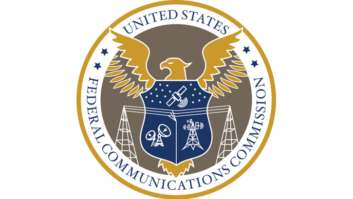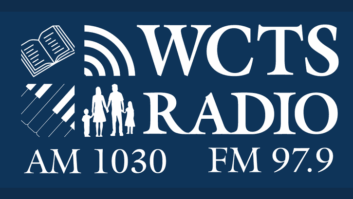Here’s more detail about this week’s Report and Order from the Federal Communications Commission allowing AM stations to operate on FM translators to fill in coverage gaps.
The commission used data from more than 200 AMs that already have special temporary authority to operate on FM translators. It said it is changing its rules to “provide licensees with additional flexibility to respond to the technical and economic conditions facing the AM service.”
The FCC states in the order, “We can no longer conclude that most AM licensees have no need for fill-in service facilities on the FM band.”
One station with an STA, WRHI(AM), Rock Hill, S.C., told the commission the benefits of being allowed to operate on an FM translator have led many listeners to rediscover “what radio is all about” including airing nighttime high school and college basketball games.
AM daytimers will be able to operate on FM translators “provided the FM translator complies with the fill-in restrictions defined by the AM station’s daytime facility,” the agency states in the order.
Commissioner Robert McDowell said the agency hopes to bolster AMs’ ability to reach and attract listeners in both the daytime and nighttime hours.
Low-power FM proponents argued against making a decision now, arguing the commission should wait until the pending LPFM rulemaking is done and a decision has been made regarding “priority issues between LPFMs and translators.” The commission states in its order that LPFMs, not translators, will have the next chance to apply for new spectrum. McDowell said the rule changes are a compromise to give AM stations more options and allow for growth in the LPFM service.
The changes go into effect 30 days after they’re published in the Federal Register.






